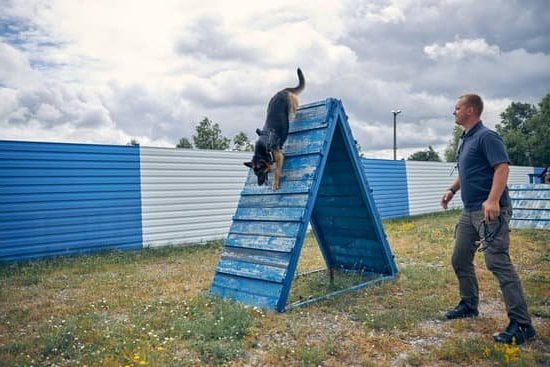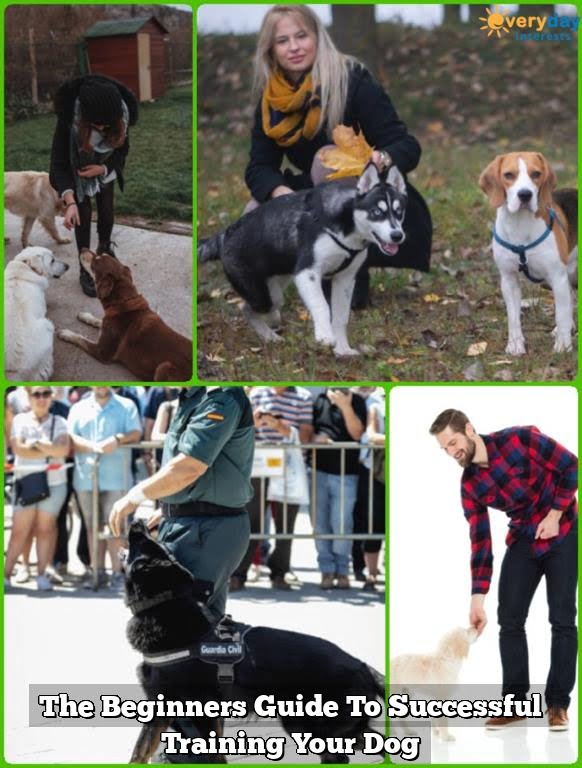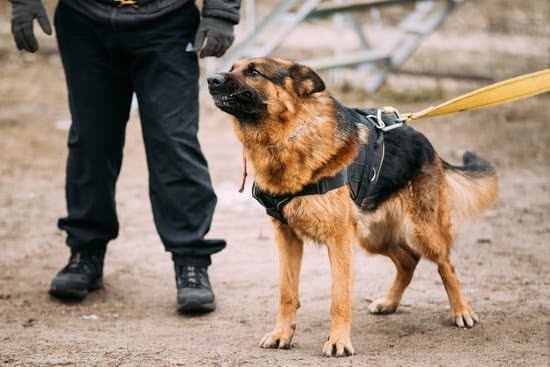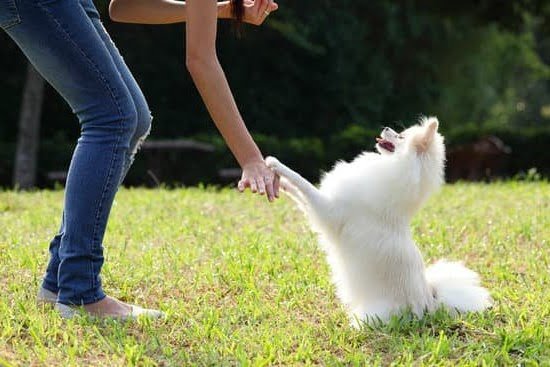There is no doubt that a well-trained guide dog can be a life-saving partner for someone who is blind or visually impaired. A well-trained guide dog can provide independence, freedom and safety for its handler in a way that no cane or electronic device can. But getting a guide dog is just the beginning – it is up to the handler to properly train and work with their dog to create a successful team.
The first step in training a guide dog is to housebreak the puppy. This can be a challenge, as puppies are not always willing to go outside in the cold, rain or snow. It is important to be patient and consistent with the puppy, and to take it outside often, even if it does not seem to want to go.
Once the puppy is housebroken, the next step is to teach it basic obedience commands such as sit, stay, come and down. These commands will be essential in training the dog to behave appropriately in public and to follow the handler’s commands.
The next step in training a guide dog is to teach it how to safely navigate around obstacles. This involves teaching the dog to recognize things such as curbs, stairs, and obstacles in the path of travel. The dog must also be taught to stop at intersections and to cross streets safely.
It is also important to train the guide dog to behave calmly in public. This includes teaching the dog to not bark or pull on the leash, and to sit calmly when its handler stops.
A well-trained guide dog can be a valuable asset to its handler. With proper training, the dog can provide independence, freedom and safety to the person who relies on it.
Dog Harness For Puppy Training
A dog harness is a piece of equipment that is put on a dog to help train or control the animal. There are a variety of different types of harnesses, but the basic idea is that the harness provides a way to attach a leash or other training device to the dog without putting pressure on the neck. This is important because it can help prevent injuries to the neck and also makes it easier to control the dog.
There are a few different types of harnesses that are commonly used for puppy training. The most basic type is the regular harness, which is just a piece of fabric or leather that goes around the dog’s body and is attached to the leash at the front. This type of harness is good for puppies because it is comfortable and allows them to move around freely.
Another type of harness that can be used for training is the head halter. This type of harness wraps around the dog’s head and is attached to the leash at the back. This type of harness is a bit more restrictive, but it can be helpful in teaching the dog to obey commands.
Finally, there is the choke chain, which is not recommended for puppy training. This type of chain attaches to the leash and tightens around the dog’s neck when the leash is pulled. This can be dangerous and can cause serious injuries, so it is important to avoid using this type of harness with puppies.
How To Train Puppy Not To Bite Other Dogs
If you are a new dog owner, you may be wondering how to train your puppy not to bite other dogs. The first step is to make sure that you are providing your puppy with enough exercise and stimulation. A bored puppy is more likely to become aggressive.
The next step is to start socializing your puppy at an early age. Expose your puppy to a variety of people, animals, and environments. This will help your puppy to become comfortable with other dogs.
Finally, you will need to be consistent with your training. If you catch your puppy biting another dog, correct him immediately. Reward your puppy for good behavior with treats and praise.
How To Get Your Puppy Trained As A Service Dog
So, you’ve decided you want to get a puppy and train it to become a service dog. This is a great decision, as service dogs can provide invaluable assistance to people with disabilities. However, training a puppy to become a service dog is not an easy task; it takes a lot of time, effort, and patience. Here are a few tips to help you get started.
The first step is to start training your puppy as early as possible. Puppies are highly impressionable and can learn a lot at a young age. If you start training your puppy when it’s still a young pup, it will be much easier to get it to become a service dog.
The second step is to be consistent with your training. If you don’t stick to a routine, your puppy won’t know what to expect and will be more difficult to train. Make sure you set aside enough time each day to train your puppy and keep to the same schedule each day.
The third step is to be patient. It may take a while for your puppy to learn all the commands necessary to become a service dog. Don’t get discouraged if your puppy doesn’t pick things up right away; just keep practicing and be patient.
The fourth step is to be consistent with your rewards. When your puppy does something correctly, make sure you reward it with a treat or some other type of positive reinforcement. This will help motivate your puppy and make it more likely to obey commands.
The fifth step is to be consistent with your discipline. If your puppy does something wrong, make sure you punish it accordingly. This will help it learn that bad behavior is not tolerated.
The sixth step is to find a good training program. There are many different programs available, so you should do some research to find the one that best suits your needs. Make sure the program is reputable and has a good track record.
The seventh step is to be patient. Even with the best training program, it will likely take a while for your puppy to become a service dog. Just be patient and keep practicing and you will eventually achieve your goal.
Does Having An Older Dog Help Train A Puppy
?
One of the most common questions people have when considering getting a puppy is if they should also get an older dog to help train the new pup. The answer is yes – having an older dog around can be a great help in training a new puppy, but there are a few things to keep in mind.
The first thing to remember is that each dog is an individual, so not all older dogs will be good role models for puppies. It’s important to select an older dog who is patient, gentle, and has a good temperament. Ideally, the older dog will also be house-trained and know basic commands like sit, stay, and come.
If you do bring an older dog into your home to help train your new puppy, be sure to take the time to properly introduce them. Allow the dogs to sniff each other and get used to each other’s presence before trying to put them together. You may also want to start with supervised playtime, gradually increasing the amount of time they spend together. This will help ensure that the older dog doesn’t become over-burdened with the responsibility of training the new pup and that both dogs get along well.
Overall, having an older dog around to help train a new puppy can be a great way to speed up the training process. However, it’s important to take the time to select the right dog and to properly introduce them to each other.

Welcome to the blog! I am a professional dog trainer and have been working with dogs for many years. In this blog, I will be discussing various topics related to dog training, including tips, tricks, and advice. I hope you find this information helpful and informative. Thanks for reading!





